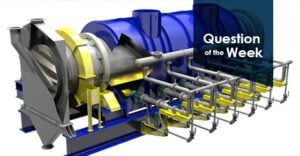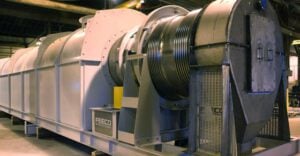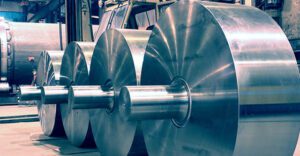Photo of the Week: Indirect Batch Rotary Kiln
Today’s photo shows an indirect batch rotary kiln in the FEECO Innovation Center. Indirect kilns heat solids to the point where a desired chemical reaction or phase change takes place. Unlike their direct-fired counterparts, indirect kilns are used when a material cannot come into contact …













